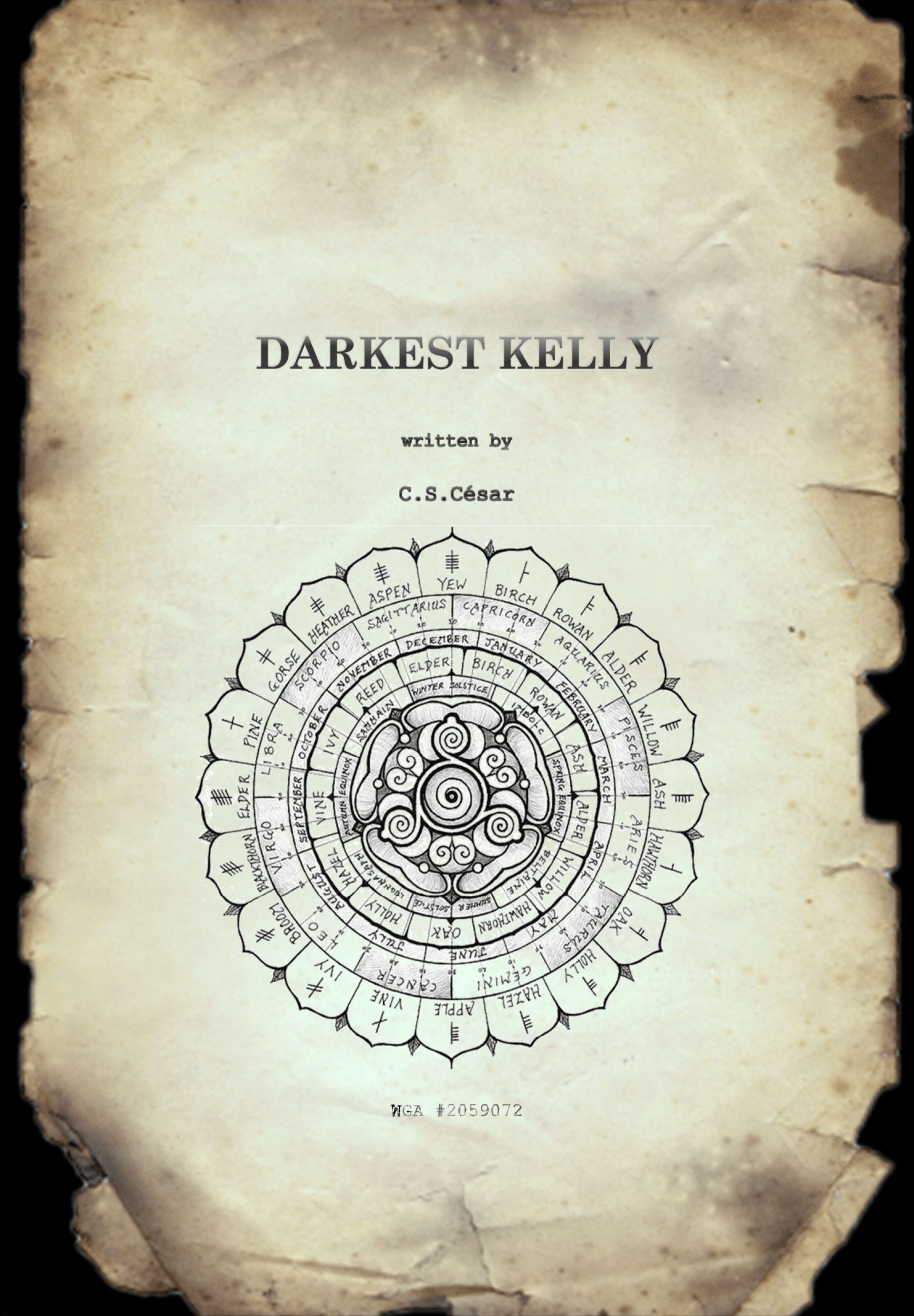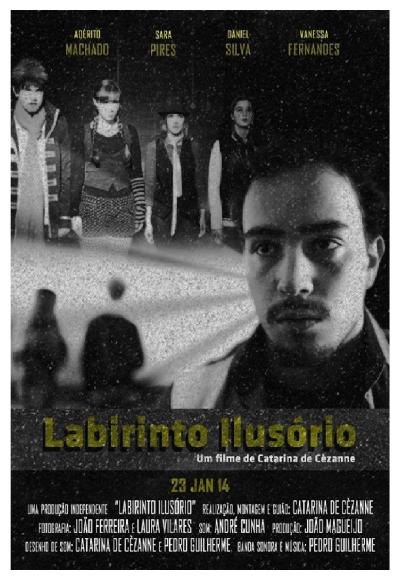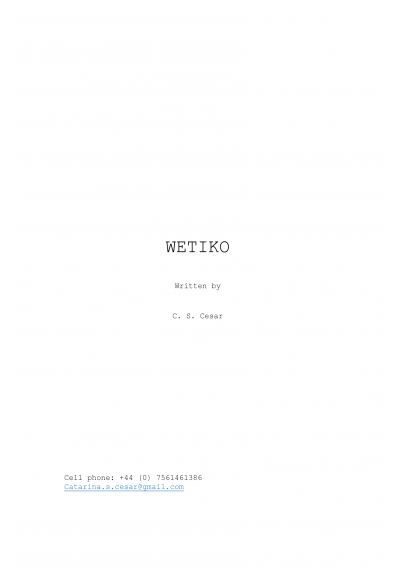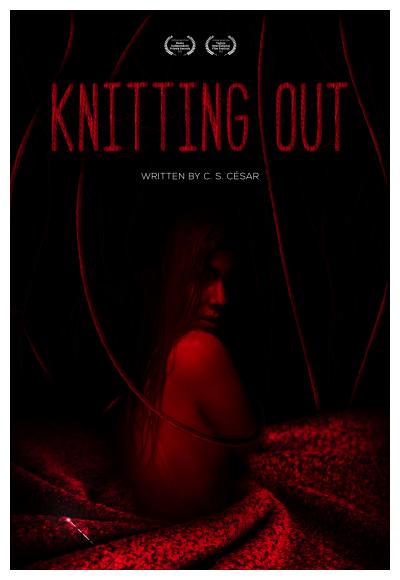
Synopsis/Details
All Accolades & Coverage
Archive #5637
Darkest Kelly
Reader #9388
Date: 03/09/2020
Ireland’s history of struggle with itself, and England, over politics, culture, and religion
lends itself to many stories. One theme defines stories set in or around that region:
conflict. Groups that clash includes Catholics, Protestants, pagans, traditionalists, rich,
and poor. All variations of the struggle the Irish people have undergone for years. Making
Ireland the perfect backdrop for Darkest Kelly’s tale of murder, mystery, and
interconnectedness.
Two aspects of the pilot stick out prominently: the convergence of multiple story threats
and the vivid imagery used to set the scene. When broken into subsets, the first three
minutes, where the character of Dorcas is introduced, the puppet show detailing
Ireland’s bloody history (pages 7 – 8), and Father Redmond’s conversation with Nolan
regarding the Luttrell family, provide concrete evidence of both aspects. Dorcas’s
introduction establishes the vividity with which events present themselves and progress.
The puppet show demonstrates the quality and quantity of the historical context provided
for the narrative and characters’ beliefs.
Redmond and Nolan’s conversation hooks audiences into societal intrigue, while
establishing the situational stakes for the characters. Examples of the narrative’s
richness include Gwineth’s quest to better her daughter Maria’s life, Kira’s bloodlust
against the pro-English nobility, and Dorcas’s desire to successfully escape the rigidity
of convent life. This all serves to supplement the dark thematic tone and the introduction
of a murder mystery as the narrative advances.
Positive comparisons can be drawn to both FX’s Taboo and TNT’s The Alienist as to
tone, imagery, and story elements. More specifically, its tale of differing parties,
struggling in mainstream society, brought together by internal and external darkness, to
resolve an unusual phenomenon. Usually accompanying those elements is an ever-present sense of dread. This is especially evident in Acts 4 – 5 when a good number of
characters converge at a public function, unaware of each other but pursuing similar
goals.
The twist at the pilot’s end regarding Dorcas’s true identity works well as an ending
stinger.




